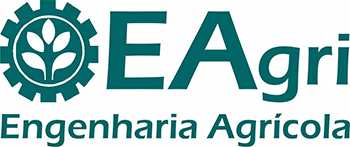The fish slaughterhouse effluent presents high levels of nitrogen, one of the major causes of eutrophication in water bodies. Nitrogen removal can be accomplished in two separate stages: Nitrification and Denitrification. This experiment aimed to test the influence of air flow (values between 1 and 3 L min-1) and ammonia nitrogen concentration (between 40 and 100 mg L-1) in the nitrification process. A 2.5 L volume sequencing batch reactor with immobilized biomass was operated as central rotational composed design, where the evaluated results were conversion of ammonia nitrogen to nitrate in percentage and nitrite accumulation in percentage. The results with confidence interval of 95% showed that the increase of both variables resulted in the significant reduction of the percentage of nitrogen conversion to nitrate. The nitrite accumulation percentage significantly increased with the ammonia nitrogen increase, although it was not observed significant influence of air flow. During the experiment the best condition found for the equilibrium of the reactions was 70 mg L-1 of ammonia nitrogen and air flow of 2 L min-1.
fish slaughterhouse; anaerobic effluent; nitrogen removal; nitrification







